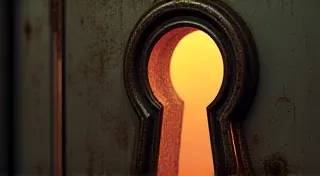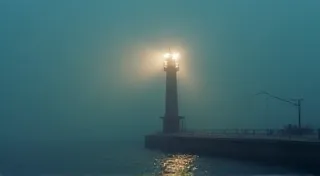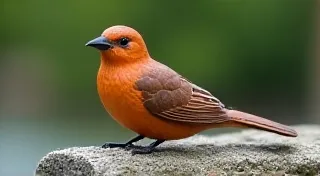Ephemeral Echoes: The Poetry Woven into Faded Typewriter Ribbons
There's a quiet magic in handling a vintage typewriter ribbon. It's not just a strip of inked fabric; it's a tangible link to a bygone era, a whisper of forgotten stories, a delicate preservation of creativity. These ribbons, often faded and brittle, hold within them a history far richer than their modest appearance suggests. They represent a slower pace of life, a more deliberate form of communication, and a profound connection between the writer and the words that flowed from their machine.
My own fascination began with my grandfather. He was a meticulous man, a lawyer who valued precision and order. Yet, within his orderly study sat an Underwood typewriter, its keys clicking a steady rhythm as he drafted legal briefs and occasionally, whimsical poems for my grandmother. The ribbons he used, meticulously stored in cigar boxes, were a treasure trove of forgotten words, shadows of letters hinting at secrets kept within those legal documents and quiet expressions of love. Now, these ribbons, many fragile and discolored, are some of the most cherished items I own. They are more than just office supplies; they’re fragments of a family narrative.
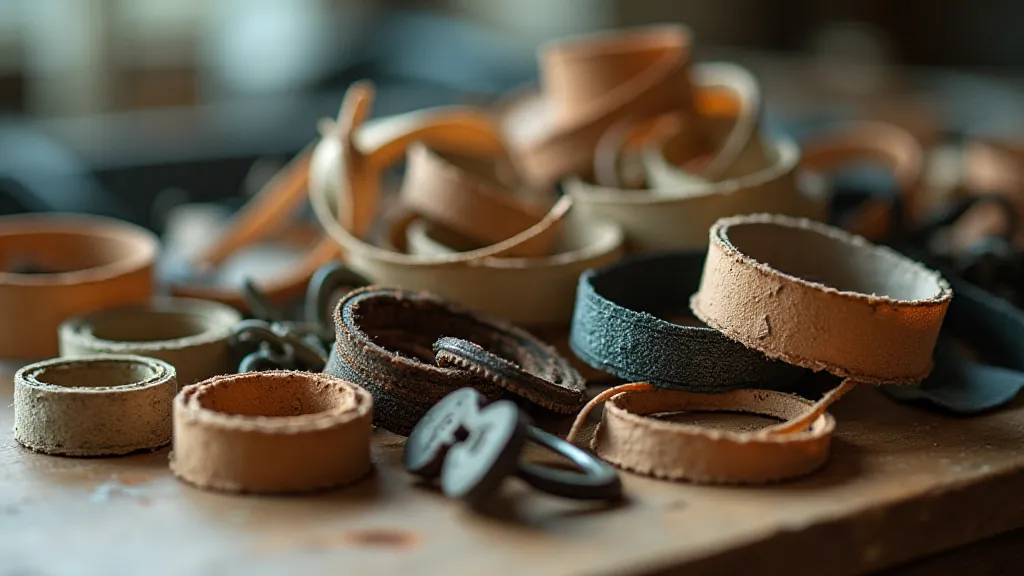
A History Woven in Ink
The story of typewriter ribbons is intrinsically linked to the rise of the typewriter itself. While early models used lithographic crayons or inked stamps, the introduction of inked fabric ribbons in the late 19th century revolutionized the way we wrote. Companies like Smith Corona and IBM dominated the market, each developing its own unique ribbon formulations and color palettes. These weren't simply functional items; they were often marketed with a certain aesthetic appeal, contributing to the romanticism surrounding the typewriter as a tool for creativity and professionalism.
Consider the evolution of ribbon color. Early ribbons were primarily black, reflecting the seriousness of business correspondence. As the 20th century progressed, vibrant reds, blues, and greens emerged, mirroring the changing styles and sensibilities of the era. These colors tell their own story – a shift towards greater self-expression and a loosening of formal constraints. A faded crimson ribbon might evoke the passion of a romance novel, while a dusty teal ribbon might conjure the atmosphere of a 1960s design studio.
The Craftsmanship of a Ribbion
The production of typewriter ribbons was, and still is in some limited cases, a craft requiring specialized knowledge. The process involved carefully coating a length of woven fabric, usually nylon or rayon, with a pigmented ink compound. Achieving consistent ink distribution and preventing smudging or fading was a delicate balance. Early ribbons often suffered from issues like flaking ink or uneven printing, which is why well-preserved specimens are so prized today.
The quality of the ribbon material itself also played a crucial role. High-quality ribbons were made from durable fabrics that resisted tearing and stretching, ensuring a crisp and legible print. Inferior ribbons, on the other hand, were prone to breakage and smearing, rendering the document unusable. The very texture and weave of the fabric contribute to the overall printing quality; a tighter weave often yields sharper lines.
Beyond Function: The Sentimental Value
But the true value of a vintage typewriter ribbon lies not in its technical specifications or historical significance, but in the stories it holds. These ribbons are silent witnesses to countless moments of creativity, correspondence, and connection. They’re fragments of someone’s life, frozen in time.
Imagine a faded blue ribbon used by a war correspondent reporting from a distant battlefield. Or a sun-bleached yellow ribbon used by a young woman writing letters to her sweetheart during wartime. Each ribbon possesses a unique resonance, a silent echo of the human experience. It’s this emotional connection that makes collecting and restoring these artifacts so rewarding.
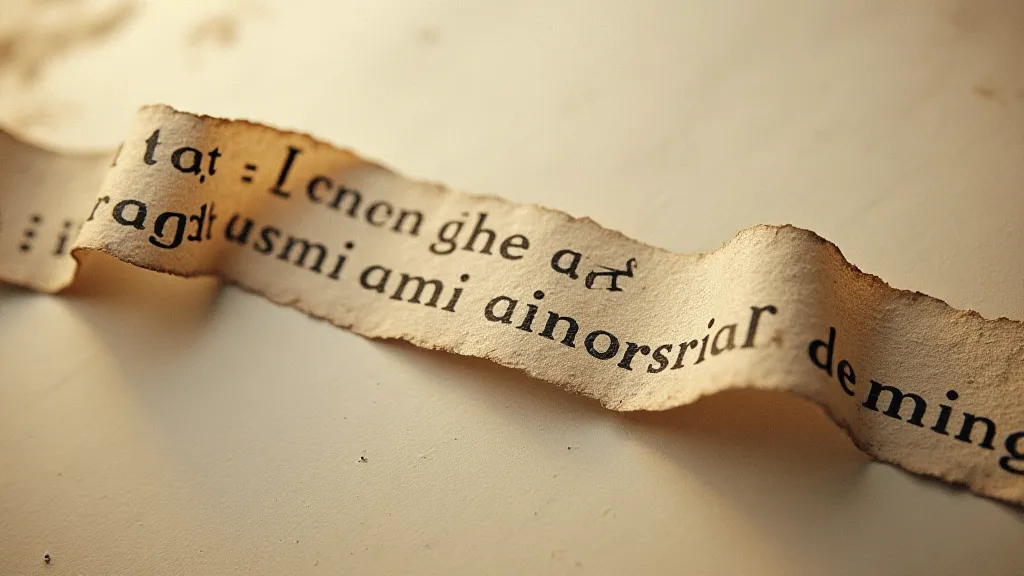
Restoration & Preservation: A Gentle Touch
Restoring vintage typewriter ribbons isn’t about bringing them back to pristine condition; it's about stabilizing them and preserving what remains. The goal is to prevent further deterioration and protect the stories they hold. Direct cleaning is often discouraged, as solvents can damage the delicate ink and fabric. Instead, careful handling, proper storage in acid-free environments, and gentle cleaning with specialized conservation tools are the best approaches.
The subtle art of ribbon repair often involves painstakingly piecing together fragments of broken ribbons, using archival-quality adhesives and techniques that minimize disruption to the original material. It's a labor of love, a dedication to safeguarding a tangible link to the past. Even a fragment, a few inches of faded ink, can spark the imagination and evoke powerful emotions.
Inspiring Creative Writing
Perhaps the most inspiring aspect of vintage typewriter ribbons is their ability to unlock creative writing prompts. The blurred letters and faded colors can be interpreted in countless ways, sparking new stories and poems. They offer a unique starting point for imaginative exploration, inviting us to piece together narratives from the fragments of the past.
The imperfections inherent in these ribbons—the smudges, the faded colors, the broken segments—add a layer of authenticity and emotion that is often lacking in modern writing. They remind us that creativity thrives on imperfection and that the most compelling stories are often found in the margins.
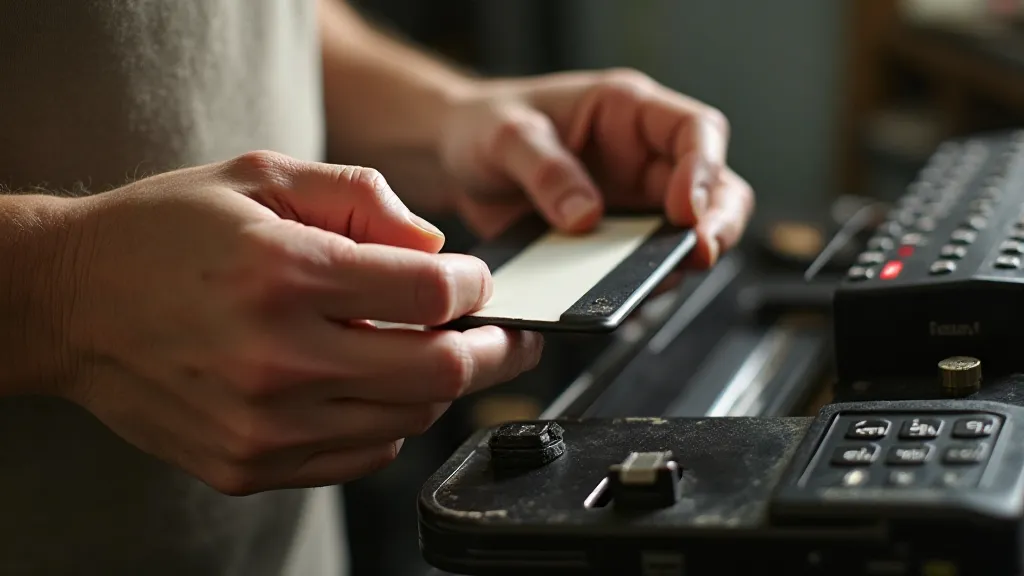
A Legacy of Words
Vintage typewriter ribbons are more than just office supplies; they’re vessels of memory, echoes of creativity, and fragments of human connection. They remind us of a time when communication was more deliberate, and words held a deeper significance. They offer a unique window into the past, inviting us to connect with the stories of those who came before us. The subtle beauty of these ephemeral remnants deserves to be cherished and preserved, ensuring that their silent poetry continues to inspire generations to come. The faintest whisper of ink, the faintest touch of fabric—these are the treasures that link us to the enduring power of the written word.

